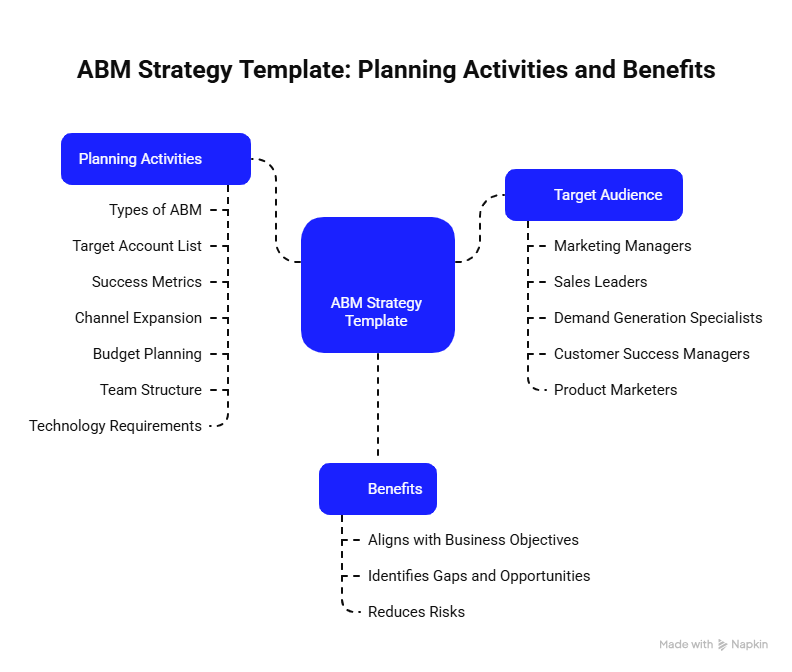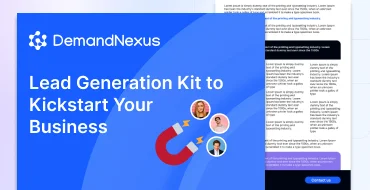Introduction to the ABM Funnel
The account-based marketing (ABM) funnel is the opposite of the normal B2B sales funnel. It puts quality over quantity by precisely targeting high-value accounts. The ABM funnel, which is also called an inverted or flipped funnel, is different from broad demand generation because it uses personalised content and strategic engagement to turn some accounts into long-term customers. Platforms like Terminus like this method because it combines sales and marketing to make more money through personalised campaigns. This in-depth guide talks about the steps, strategies, KPIs, and reporting for the ABM funnel. It also has a case study that shows how DemandNexus can help businesses do well. Learn more about the fundamentals of account-based marketing.
Key Components of the ABM Funnel
The ABM funnel focuses on identifying and nurturing high-value accounts through tailored strategies. Unlike traditional funnels that cast a wide net, the ABM approach prioritizes precision and personalization to drive meaningful engagement. For insights into effective strategies, explore account-based selling.

Steps of the ABM Funnel
The ABM funnel typically involves identifying target accounts, engaging them with personalized content, and nurturing them toward conversion. Each step requires close alignment between sales and marketing teams to ensure a seamless experience for the target accounts.
Strategies for Success
- Personalized Content: Create content tailored to the specific needs and pain points of target accounts.
- Multi-Channel Engagement: Use email, LinkedIn, and targeted ads to connect with decision-makers.
- Sales and Marketing Alignment: Ensure both teams collaborate to deliver consistent messaging. Discover how to enhance engagement with ABM engagement strategies.
Key Performance Indicators (KPIs)
Tracking the right KPIs is crucial for measuring ABM success. Common metrics include account engagement scores, pipeline velocity, and revenue attribution. For a detailed breakdown, check out ABM metrics and KPIs.
Reporting and Optimization
Regular reporting helps identify what’s working and where adjustments are needed. Use platforms like Terminus to track engagement and optimize campaigns for better results.
Case Study: DemandNexus’ ABM Success
DemandNexus has helped businesses achieve remarkable results with ABM. In one case, a tech company struggled to engage high-value accounts. DemandNexus implemented a tailored ABM campaign using intent data and personalized content, resulting in a 40% increase in account engagement and a 25% boost in closed deals within six months. Their expertise in ABM intent data was key to this success.
Conclusion
The ABM funnel offers a powerful approach to B2B marketing by focusing on high-value accounts with personalized, strategic engagement. By leveraging platforms like Terminus and expertise from DemandNexus, businesses can drive significant revenue growth. To get started, explore practical ABM examples to inspire your campaigns.



